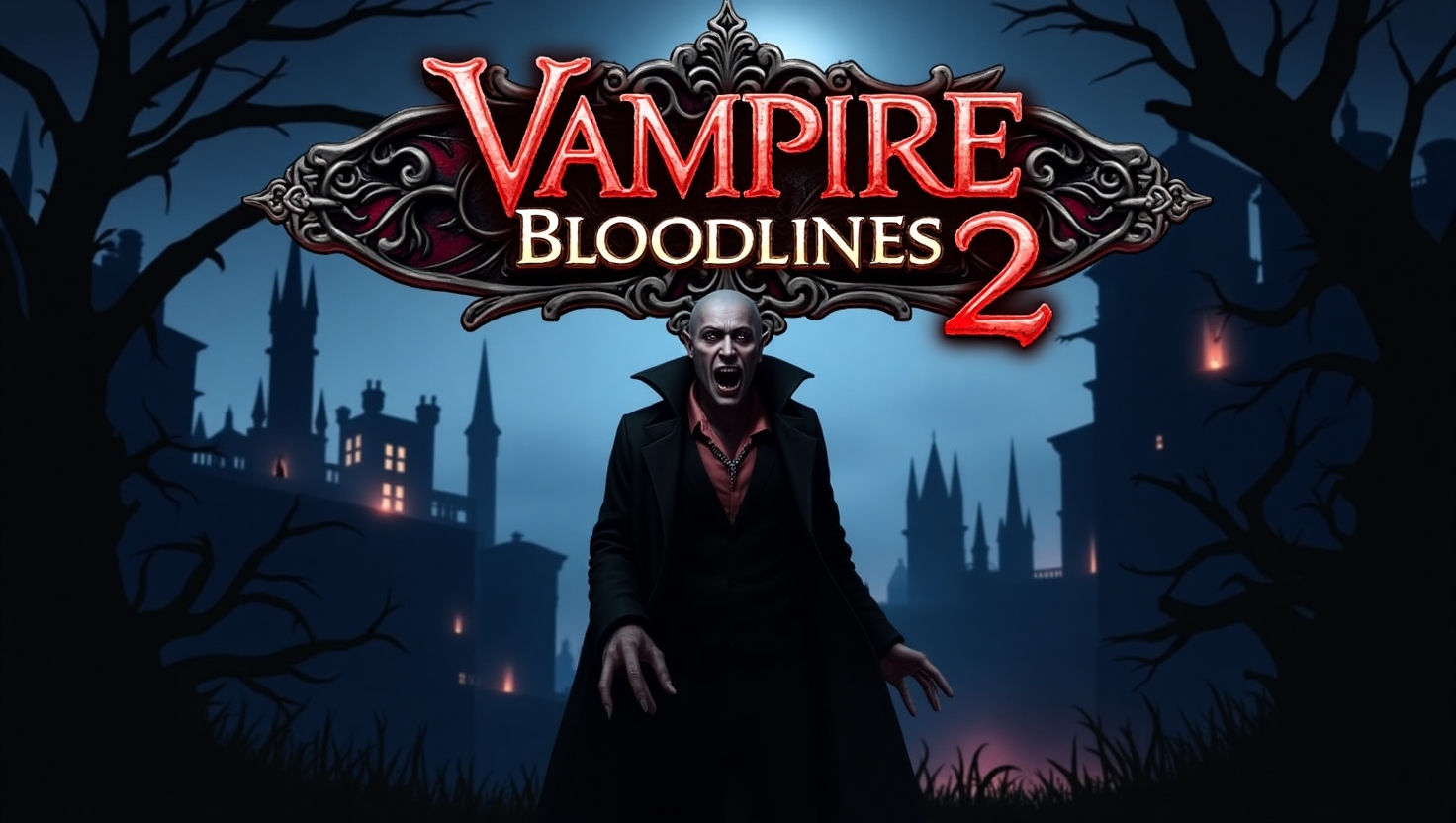Vampire Bloodlines 2 Reviews: An In-Depth Look at the Latest Installment
Introduction
Vampire: The Masquerade – Bloodlines 2 stands as a highly anticipated addition to the legendary RPG lineage, promising an immersive experience steeped in dark allure and compelling storytelling. However, as with many eagerly awaited AAA titles, expectations have been met with a tempered response, evidenced through myriad Vampire Bloodlines 2 reviews. In today’s gaming landscape, reviews hold a pivotal role—not only as a guide for consumer purchasing decisions but also as a critical reflection on a game’s innovation and execution. By examining these reviews, we gain insights into the broader narrative about what the gaming industry values and how Vampire Bloodlines 2 fits within this paradigm.
Development Journey
The journey of Vampire: The Masquerade – Bloodlines 2’s development reads like a saga of its own, marked by complexities that rival its narrative. Plagued by delays and changes in creative direction, the game experienced notable upheavals, including shifts in development responsibilities across studios such as The Chinese Room and Paradox Interactive. These challenges are not unique; they serve as a microcosm of the obstacles faced by many in the competitive world of AAA game development. Insights gathered from an article by Pure Xbox highlight these trials, pointing to how development turbulence often translates into mixed success upon release—a reality that Vampire Bloodlines 2 reviews poignantly reflect.
Critical Reception
Reception among critics is a tumultuous spectrum for Vampire Bloodlines 2, with reviews spanning from cautious commendations to sharp critiques. Scores range notably, illustrating the game’s struggle to consistently meet player and critic expectations. With ratings fluctuating between 4/10 and 8/10, and a current Metacritic score of 67, the game embodies a fervent discussion on subjective experience and objective execution (Pure Xbox). For some, its narrative depth and RPG orientations shine, while for others, technical shortcomings obscure its potential. This bipolar critical reception underscores the multifaceted nature of evaluating contemporary game reviews.
Key Features of Vampire Bloodlines 2
Central to Vampire Bloodlines 2 reviews is the examination of its core features—elements that define its identity among other AAA titles. At its heart is a dedication to RPG fundamentals, with a sprawling, choice-driven narrative that demands player engagement. Character development and story arcs are robust, akin to navigating a literary vampire novel where each decision reverberates across the player’s journey. Particularly for platforms like the Xbox Series X, where graphical prowess enhances immersive storytelling, these features play a vital role. They ensure that the game not only fits but also stands out within the crowded market of narrative-heavy gaming experiences.
Technical Issues and Gameplay Experience
Despite its narrative strength, Vampire Bloodlines 2 reviews have not shied away from highlighting the technical faibles that detract from the gaming experience. Technical bugs and performance hitches are cited frequently, likened to potholes on an otherwise scenic drive—disruptive yet navigable. These issues, while not unprecedented in the release of ambitious titles, impact the fluidity of gameplay, prompting a mixed reception among players who weigh these shortcomings against the game’s strengths. These technical hurdles underscore the challenges developers face in balancing ambition with execution in today’s high-stakes gaming environment.
Comparison with Other AAA Titles
Comparative analysis with other AAA titles positions Vampire Bloodlines 2 within a broader narrative of modern gaming trends. It’s reflective of a dual struggle: balancing innovation with player expectations and technical aspirations with deliverable quality. Recent AAA releases often highlight a trend towards expansive worlds and complex branching narratives. Yet, as evident from Vampire Bloodlines 2 reviews, execution is key. The parallels with other titles suggest a shared industry challenge—where delays and anticipation set standards that are difficult to meet while illustrating the transformative impact of development transparency and communication with the player base.
Player Community Reactions
Community feedback has added layers to the discourse surrounding Vampire Bloodlines 2. A forthcoming analysis of forums and social media reveals a tapestry of passionate responses. Players have aired grievances about technical issues, but many remain captivated by the story’s depth and potential. This dichotomy of disappointment and devotion highlights a critical aspect of game development—the player’s voice. It signifies an evolving feedback loop where community engagement can herald future updates, patches, or even sequels that better align with player expectations.
Conclusion
In conclusion, while Vampire Bloodlines 2 has garnered Vampire Bloodlines 2 reviews as varied as its development journey, the game embodies a significant chapter in narrative-driven gaming. Its reception underscores the importance of storytelling, coupled with technical prowess, in crafting memorable gaming experiences. As the industry continues to evolve, the game’s mixed yet passionate reception proves a testament to the power of a compelling story, inviting players to engage, critique, and contribute to the communal tapestry of gaming narratives.
Call to Action
For those eager to delve deeper into the discourse surrounding Vampire Bloodlines 2, a thorough perusal of reviews is encouraged (Read Pure Xbox). We invite readers to share their thoughts in the comments below, fostering a vibrant community of discussion around the game and its impact on the landscape of modern gaming.

